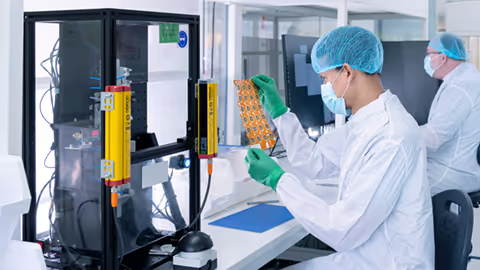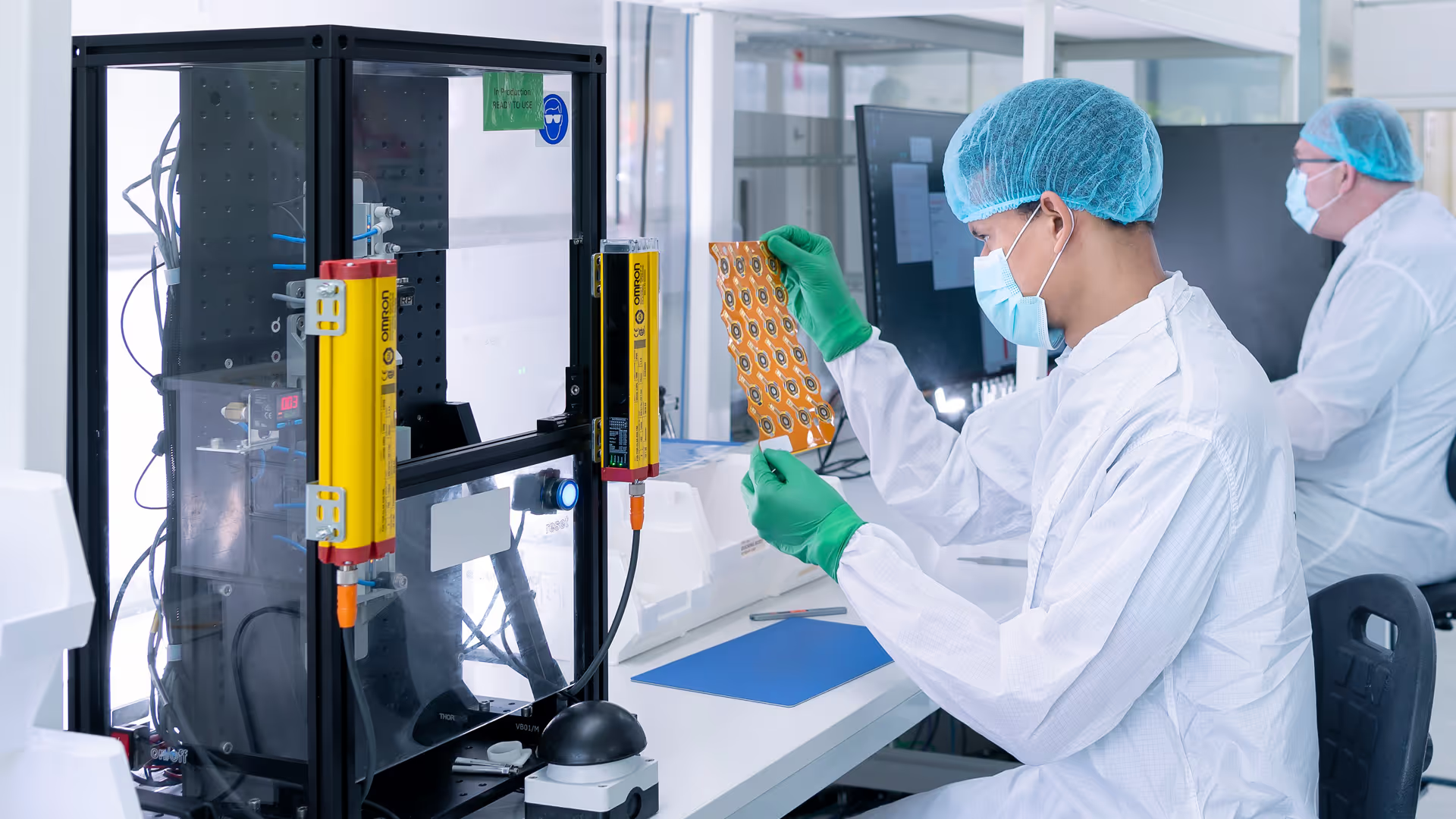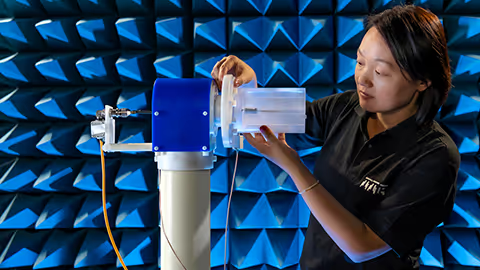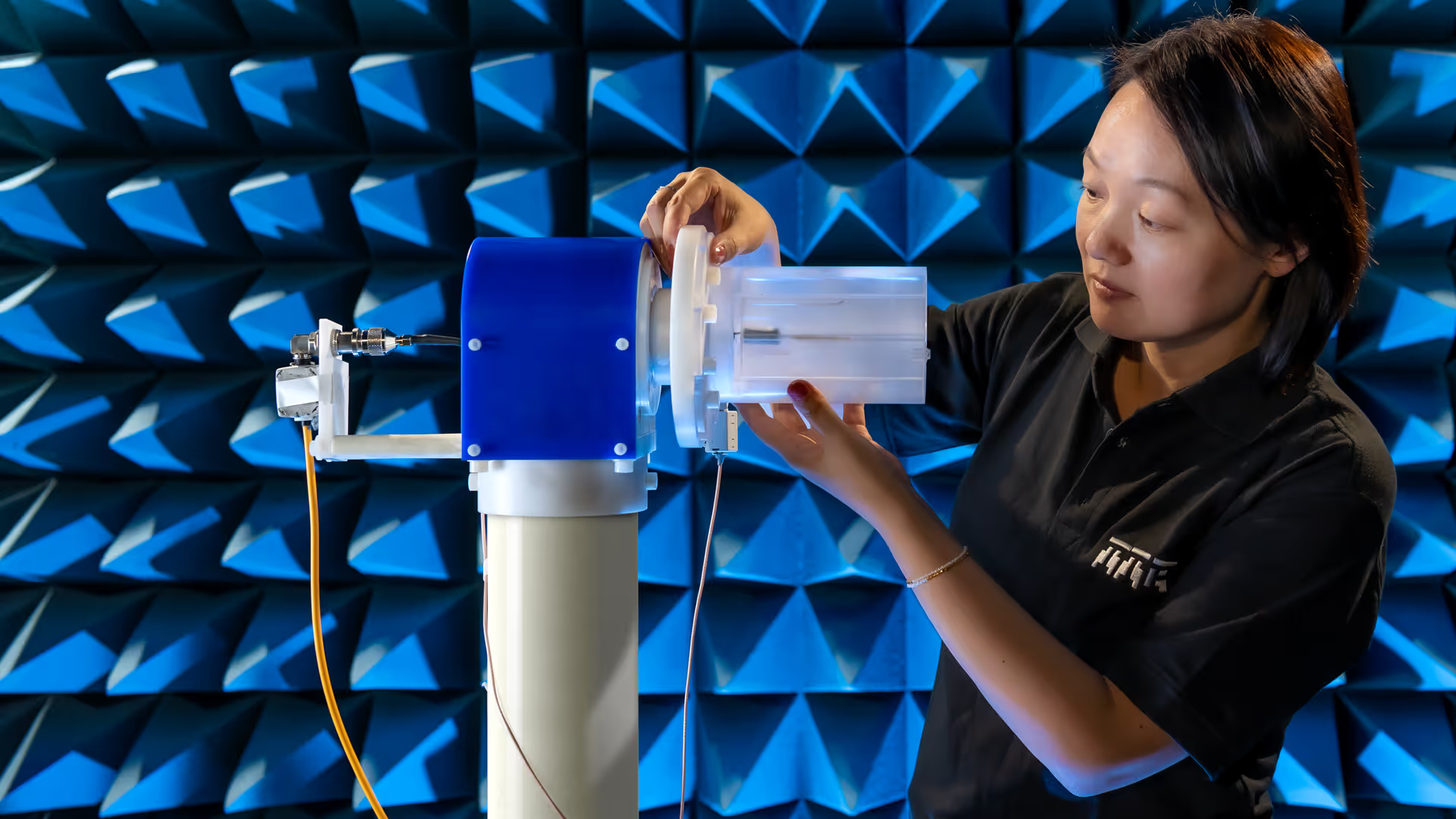Biologics now account for nearly half of all FDA approvals, and inhaled delivery is emerging as a promising route with unique advantages. These include mucosal immunity not achieved through systemic delivery, targeted treatment for lung conditions, reduced doses that lower costs and side effects, and greater accessibility for patients.
However, inhaled biologics present significant challenges due to the tight interplay between device and formulation. Issues such as drug degradation during manufacturing, storage, and aerosolization, as well as new volume and regimen requirements, demand adapted devices and novel approaches.
Building on decades of experience, including the development of early vibrating mesh technologies, new innovations are focusing on microfabricated aerosolization systems, cost and usability improvements, and dry powder formulations for complex biologics like mRNA LNPs. These efforts aim to lower barriers for formulation teams, expand therapy options, enable at-home administration, and improve global access—particularly in low- and middle-income countries.
The future of inhaled biologics lies in overcoming these technical and usability hurdles, paving the way for safer, more effective, and widely accessible therapies.









.avif)

